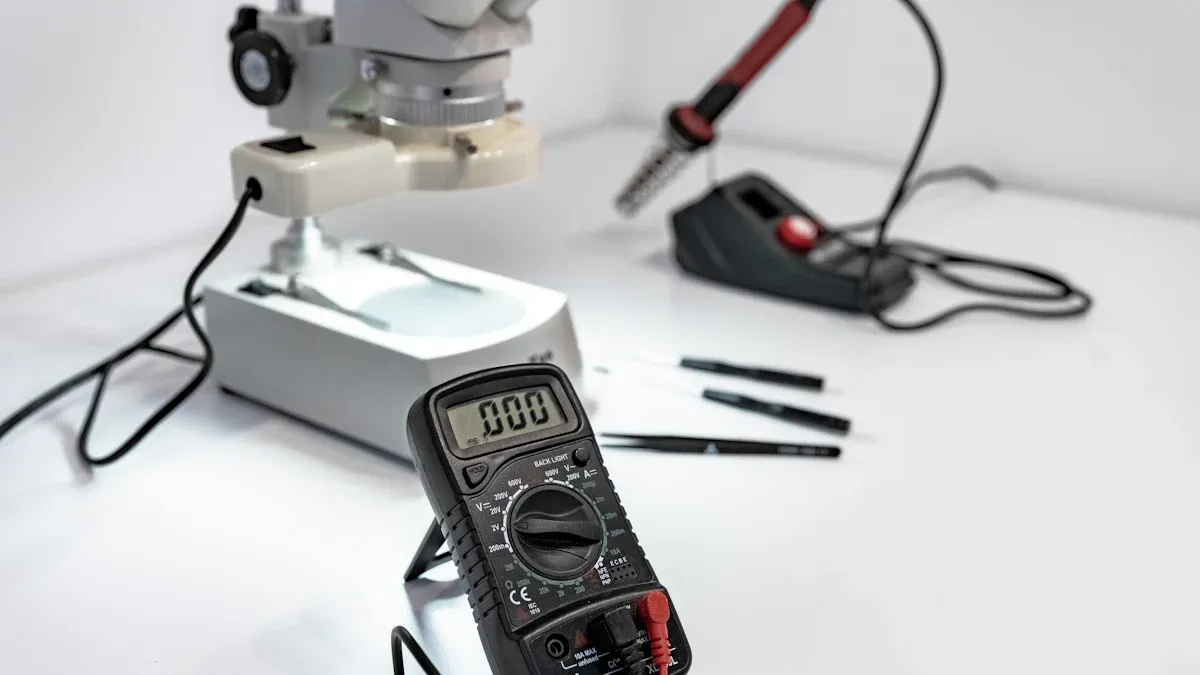
How to test a circuit breaker with a multimeter
Learn how to test a circuit breaker with a multimeter safely. Follow step-by-step instructions to check voltage, continuity, and identify faulty breakers.

Learn how to test a circuit breaker with a multimeter safely. Follow step-by-step instructions to check voltage, continuity, and identify faulty breakers.
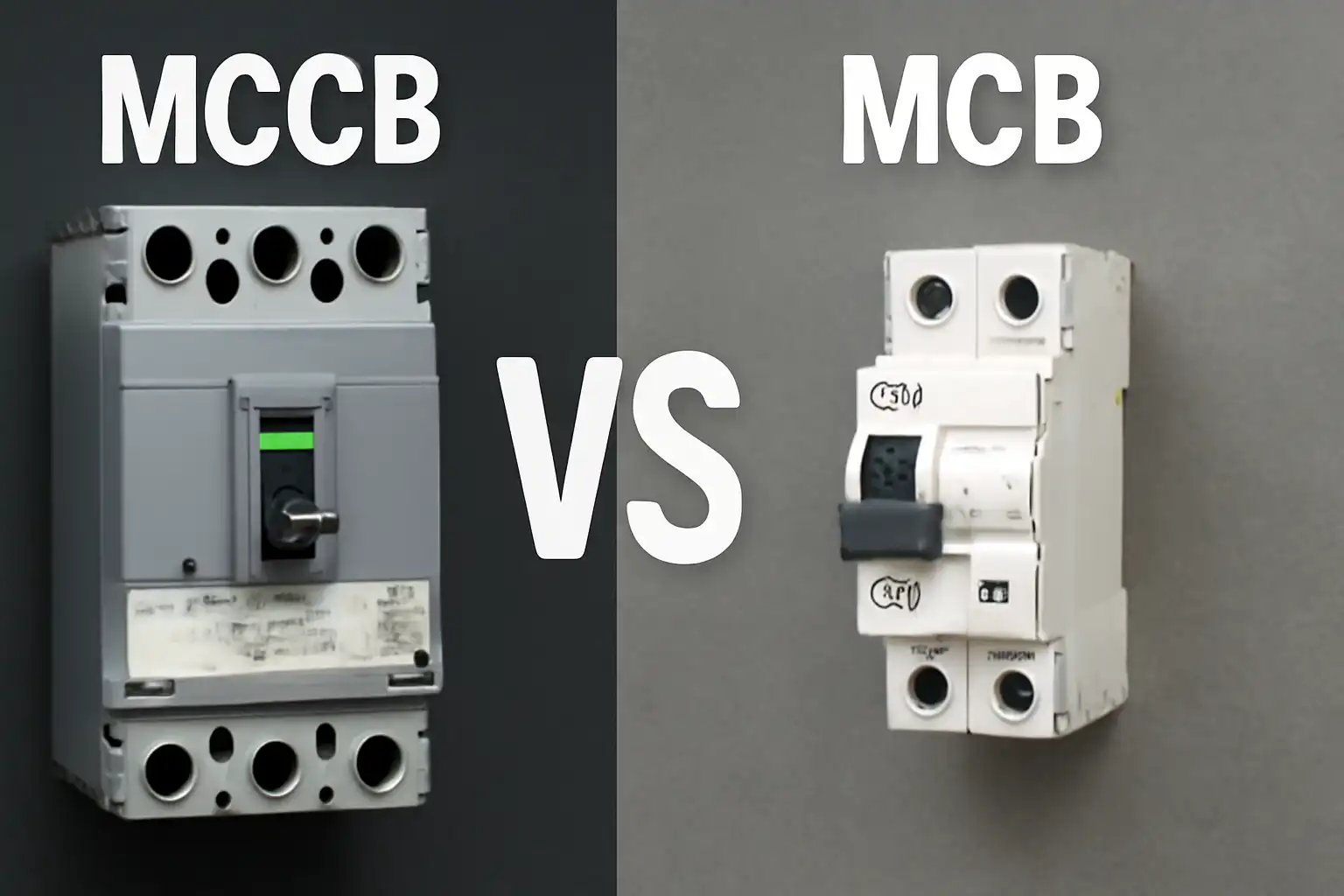
Understand the key differences between MCCB and MCB, including current capacity, breaking capacity, and applications for residential and industrial use.
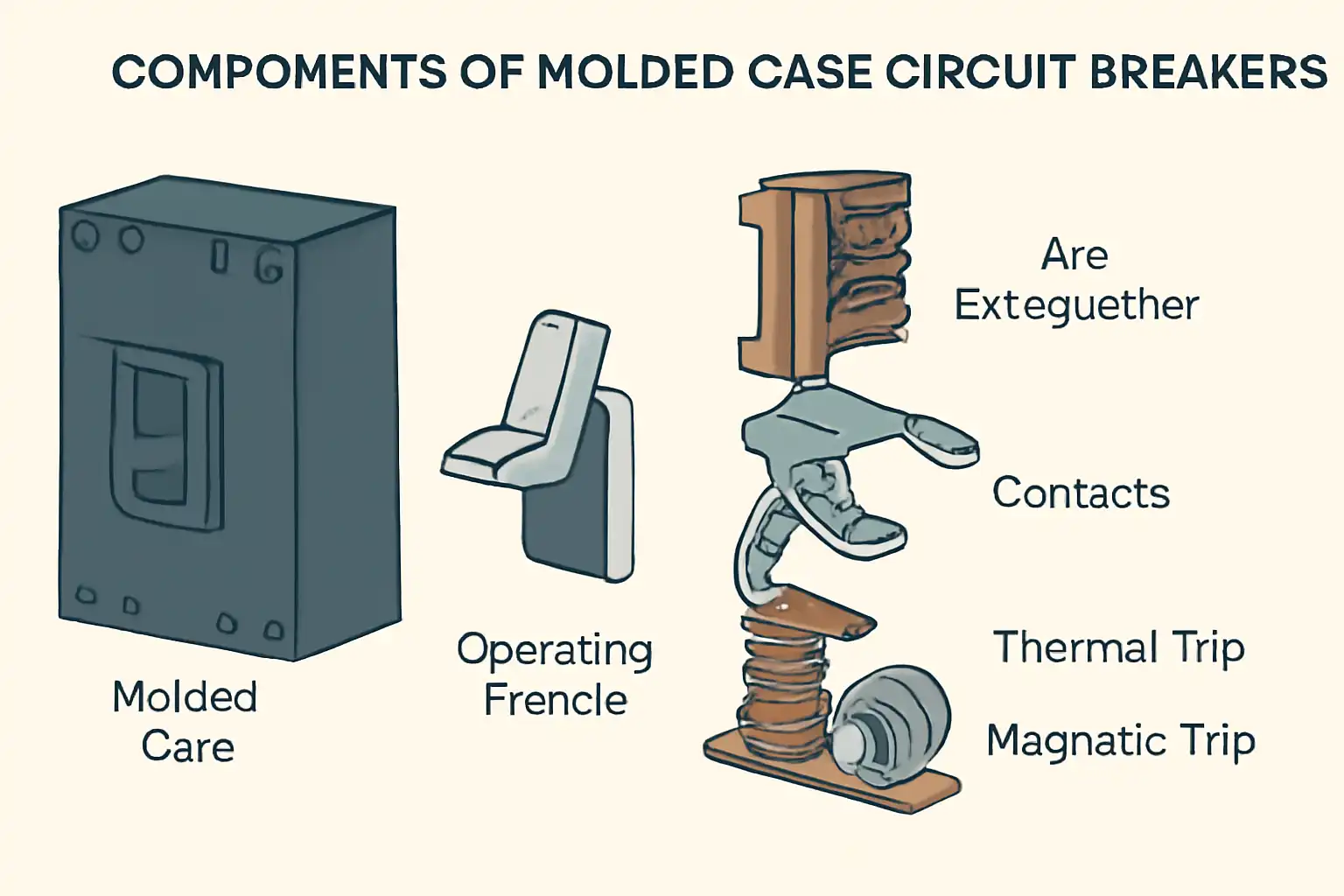
Understand the key components of a molded case circuit breaker, including the trip unit, arc extinguishers, and contacts, ensuring safety and reliability.
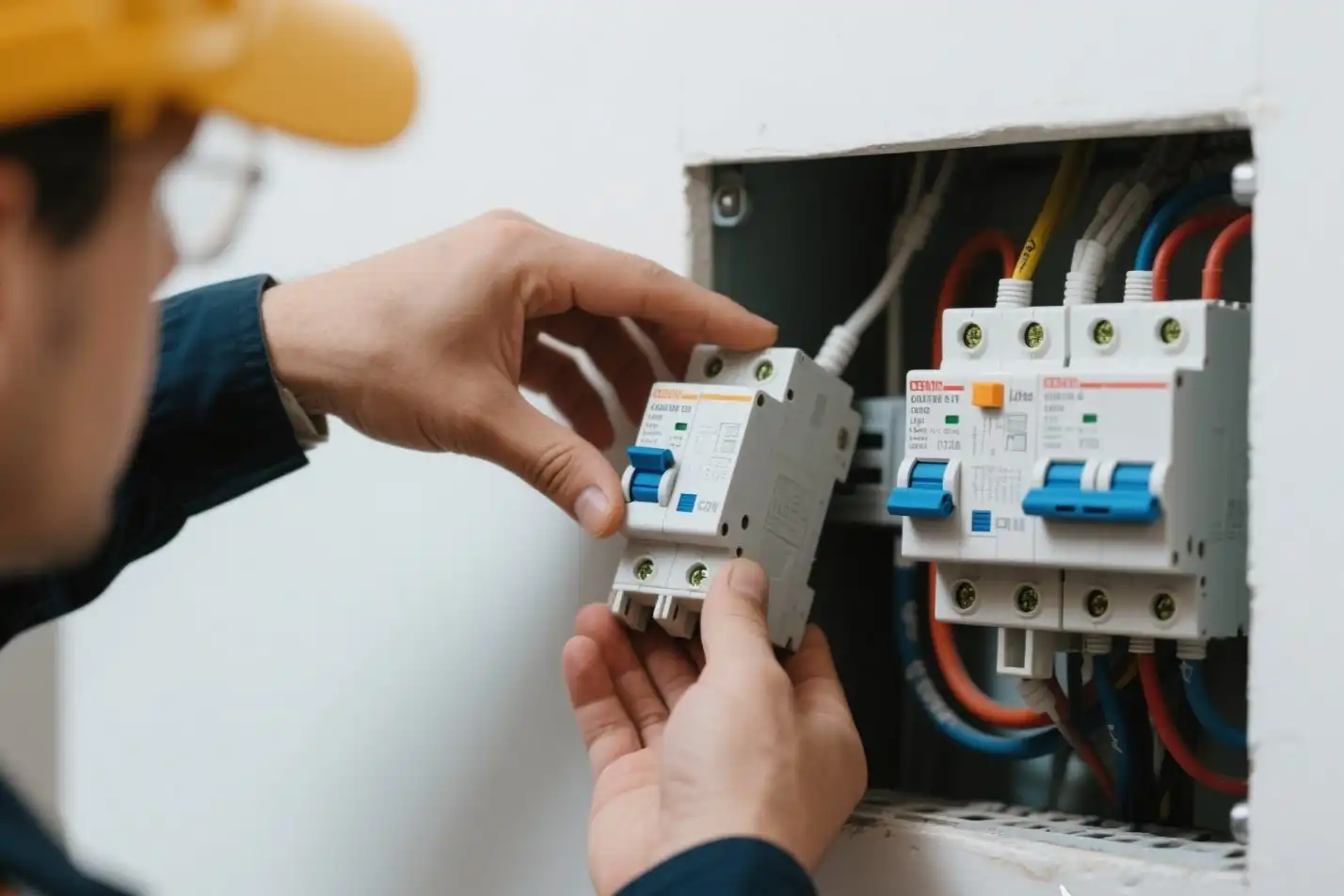
Replacing a 15 amp circuit breaker with a 20 amp one is unsafe unless the wiring is upgraded to 12-gauge. Consult an electrician to ensure safety and compliance.
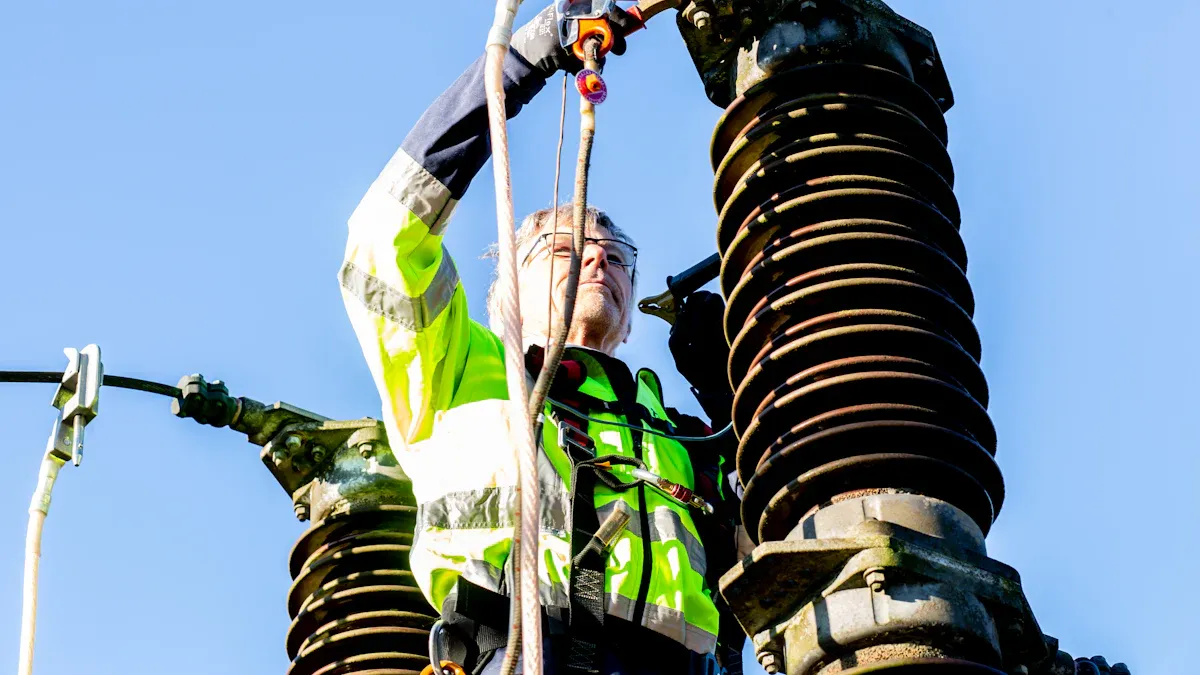
Learn how to test surge protection devices using visual checks, multimeters, and advanced tools to ensure optimal performance and safeguard your electronics.
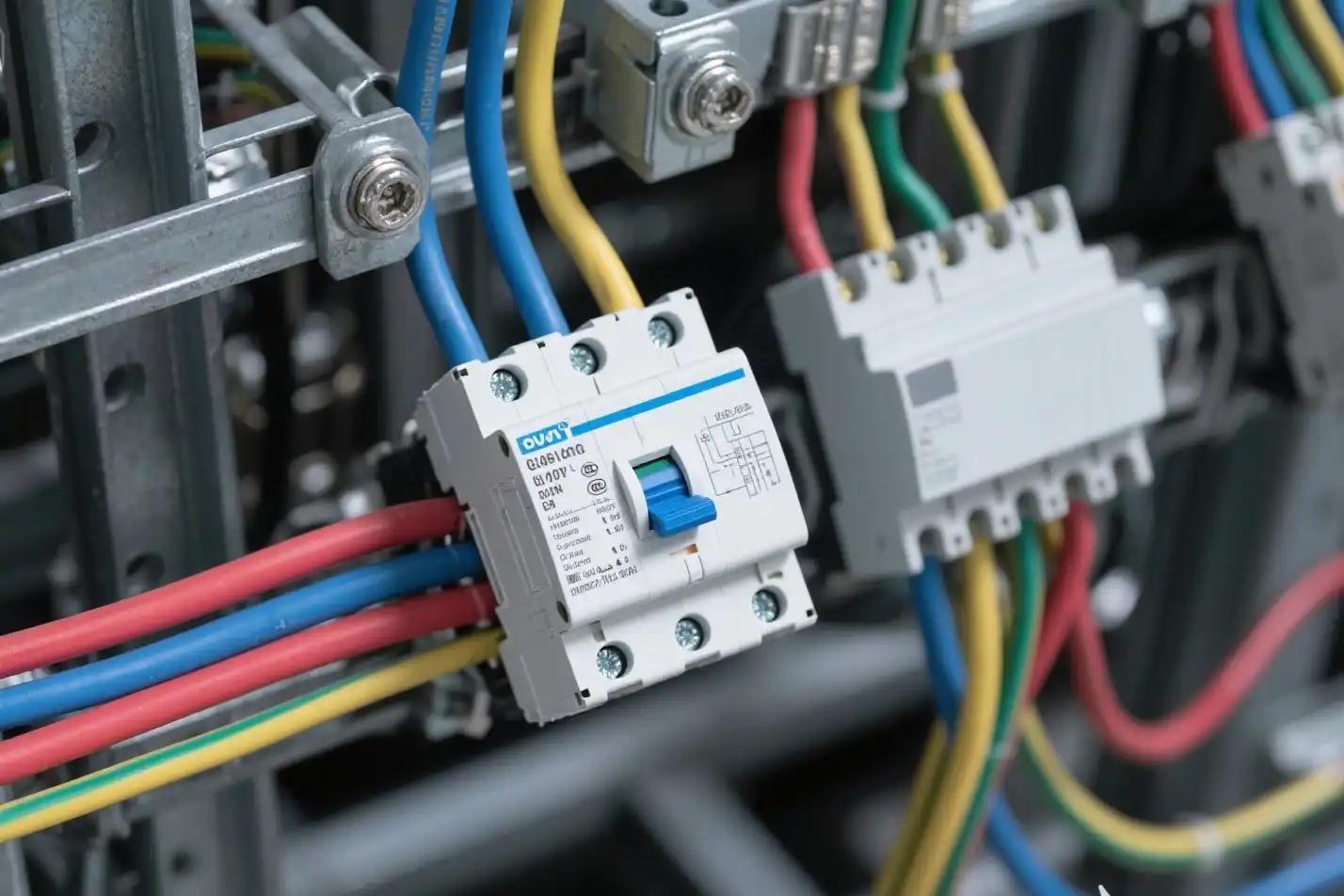
Choose wires for a 220V 15-amp breaker by using 14 AWG copper or 12 AWG aluminum. Ensure safety, prevent overheating, and follow electrical codes.
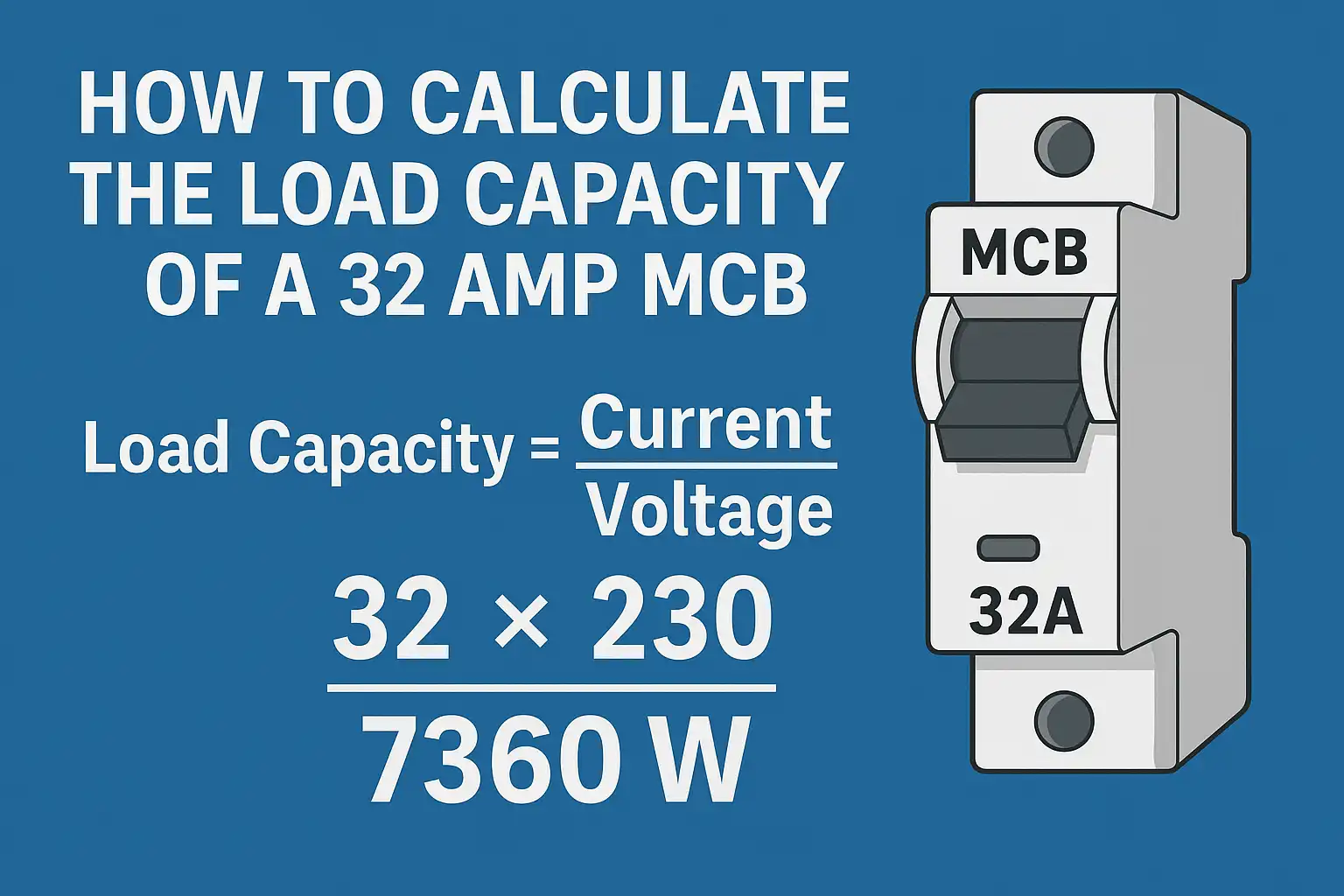
Calculate the load capacity of a 32 amp MCB by multiplying its current rating (32A) by the circuit voltage (e.g., 240V), ensuring safe operation.
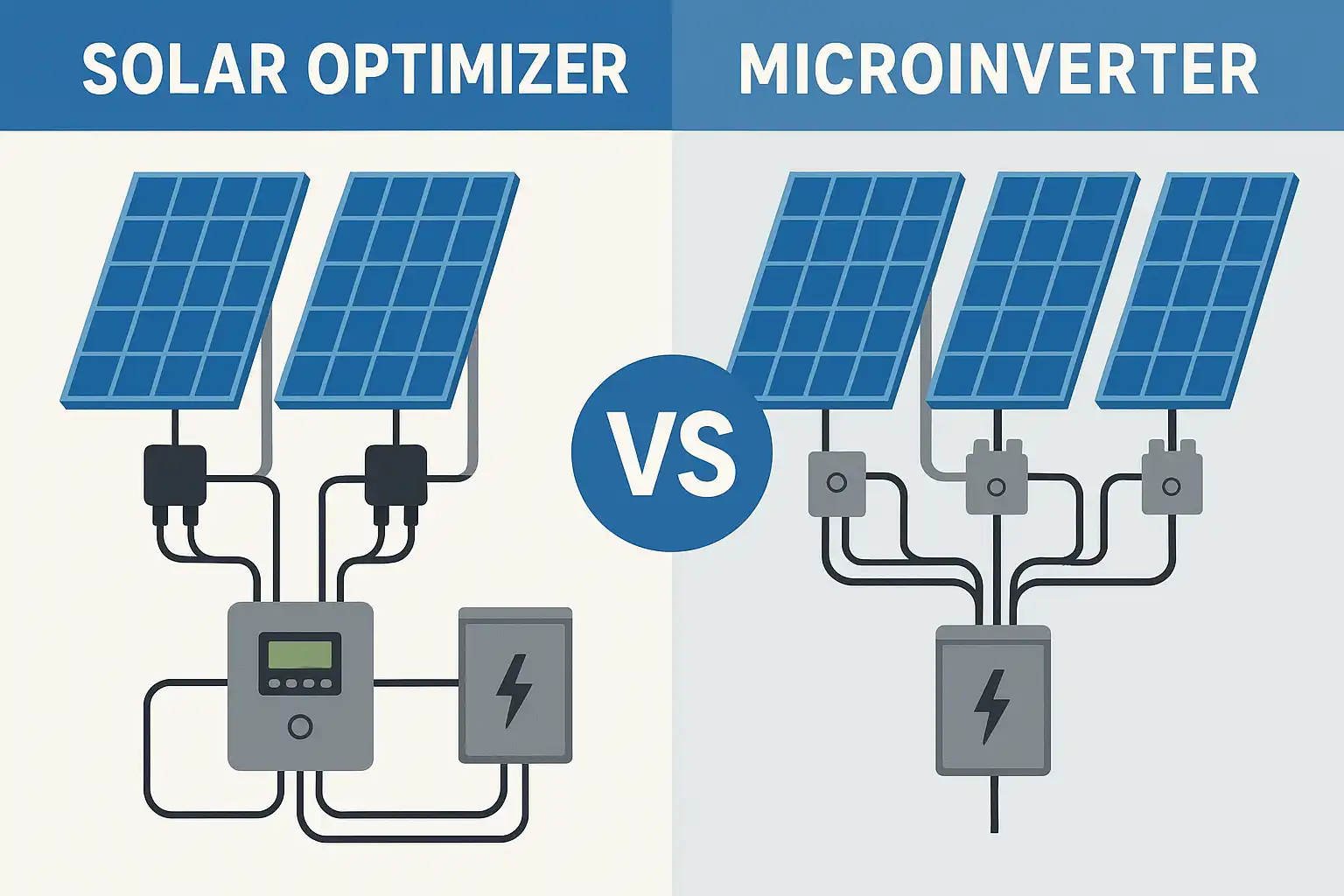
Compare solar optimizers and microinverters to find the best fit for your solar system. Learn how shading, cost, and efficiency impact your choice.
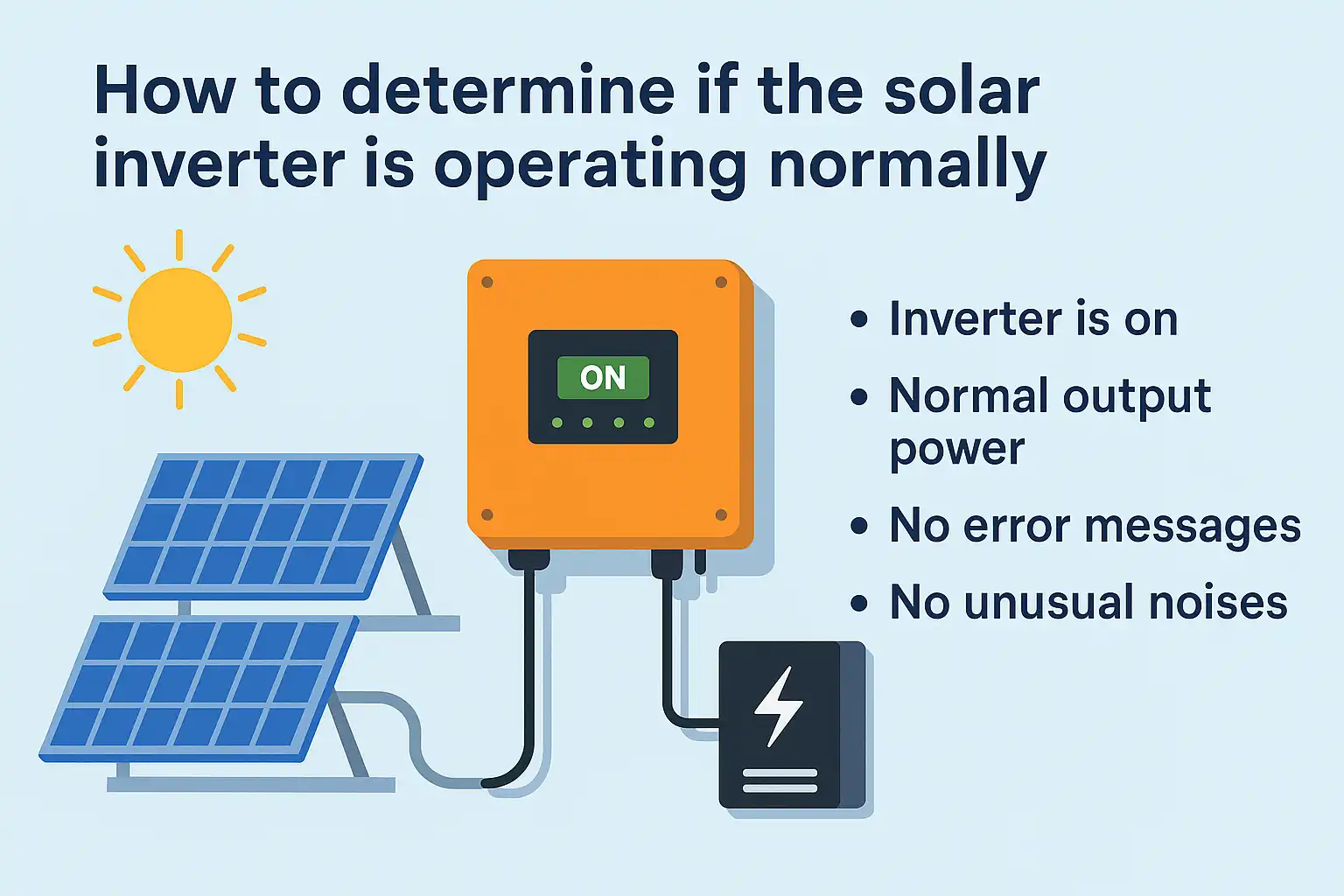
Check if your solar inverter is working by monitoring power output, status lights, sounds, and error messages. Regular checks ensure optimal performance.
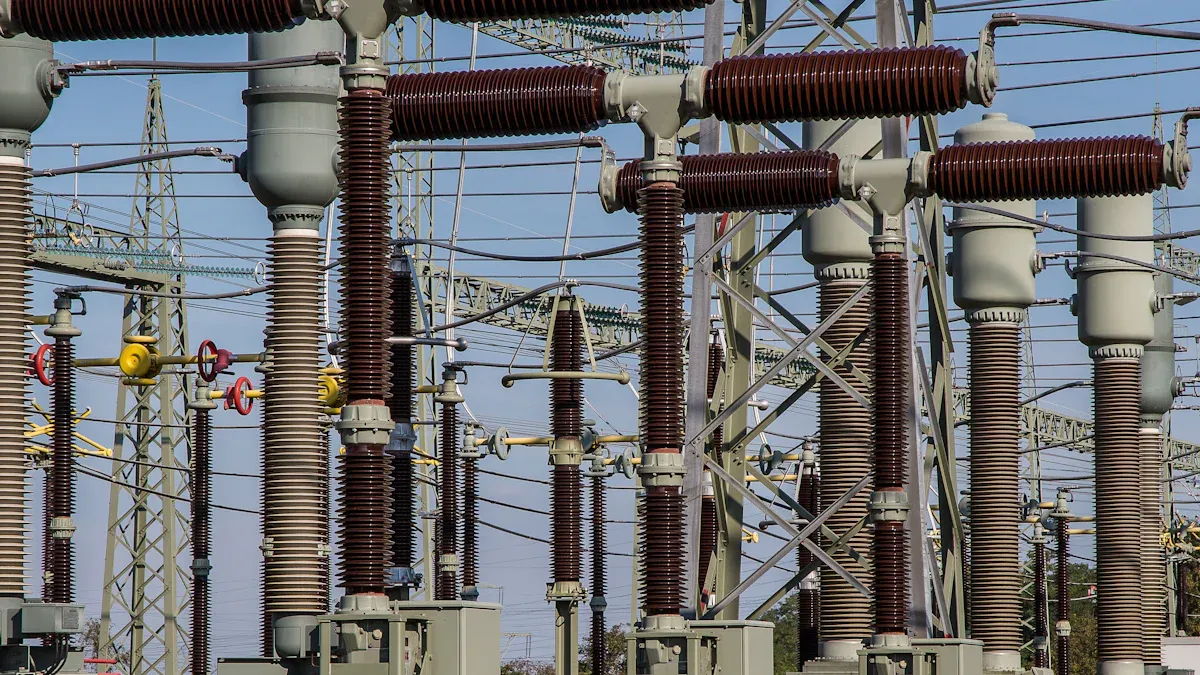
NEC requires ground fault protection for systems with 1,000 amps or more. Learn how amperage impacts safety and compliance in electrical setups.
will-macan-ev-have-nacs-or-j1772.webp)
Will the Macan EV have NACS or J1772? Currently, it uses J1772 and CCS1 ports, but Porsche plans to release NACS adapters for Tesla Supercharger access.
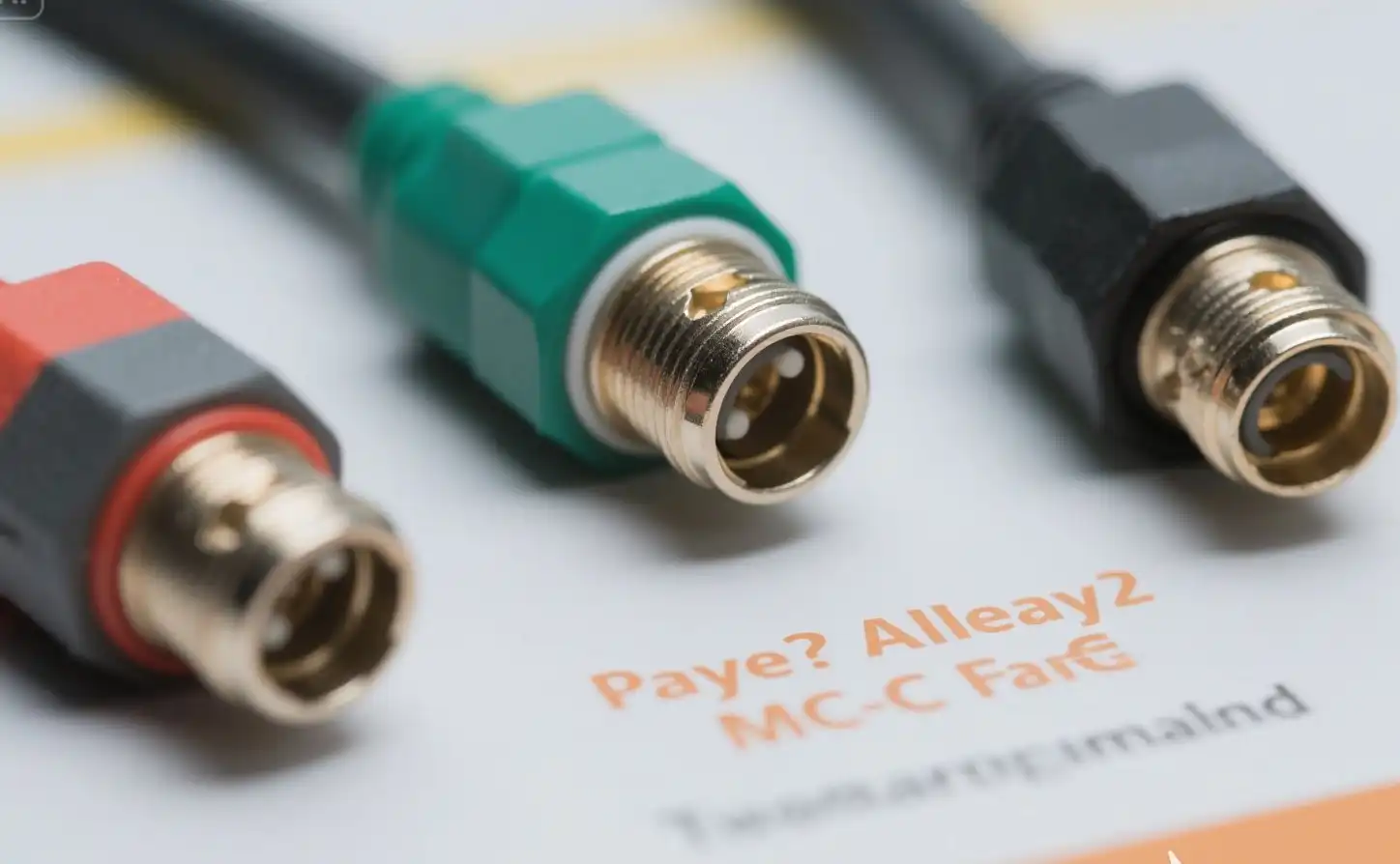
Not all MC4 connectors are the same. Differences in design, quality, and compatibility can impact solar system performance and safety. Choose wisely.
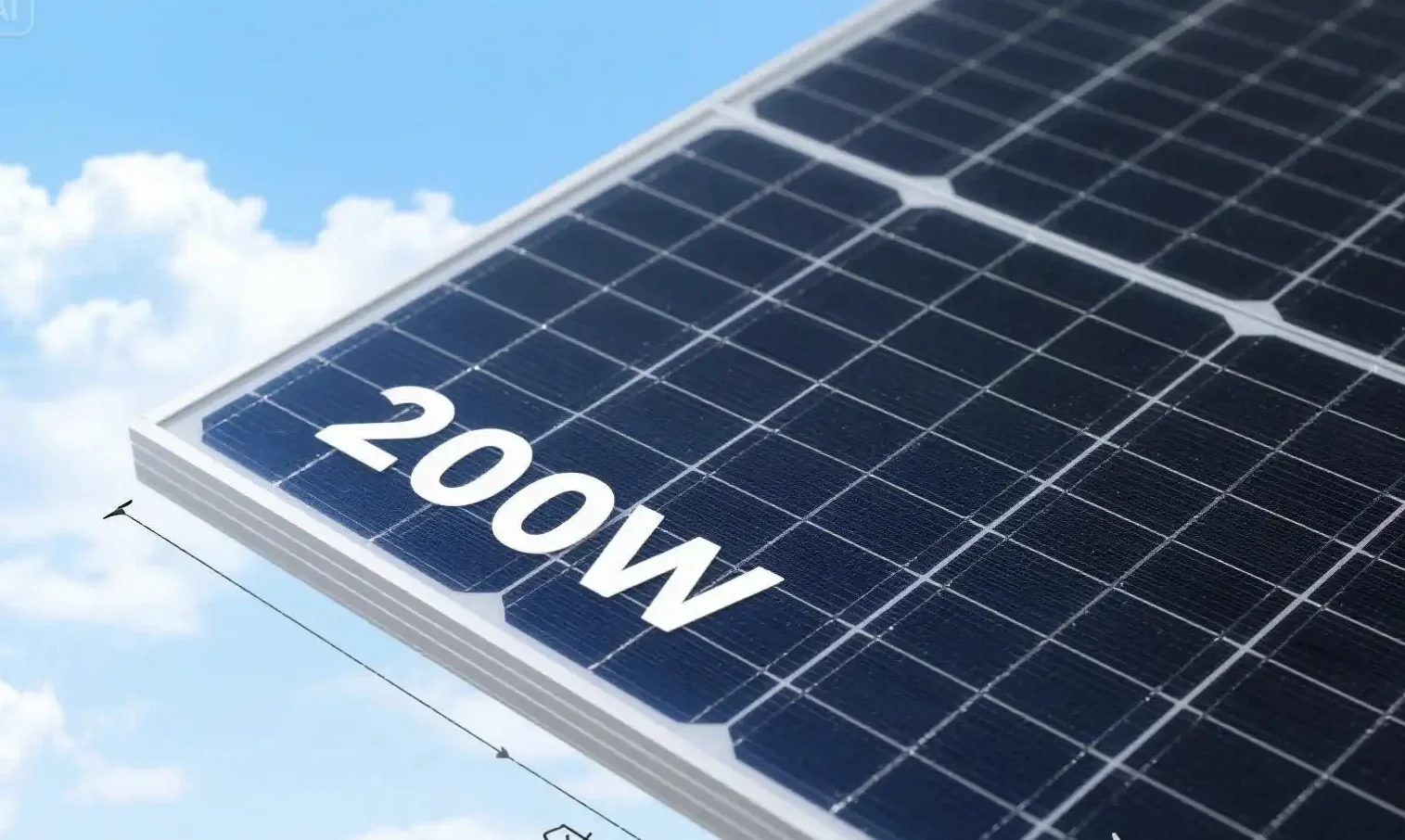
The best fuse size for a 200W solar panel is typically 25A, ensuring safety and efficiency by protecting against excessive current and system damage.
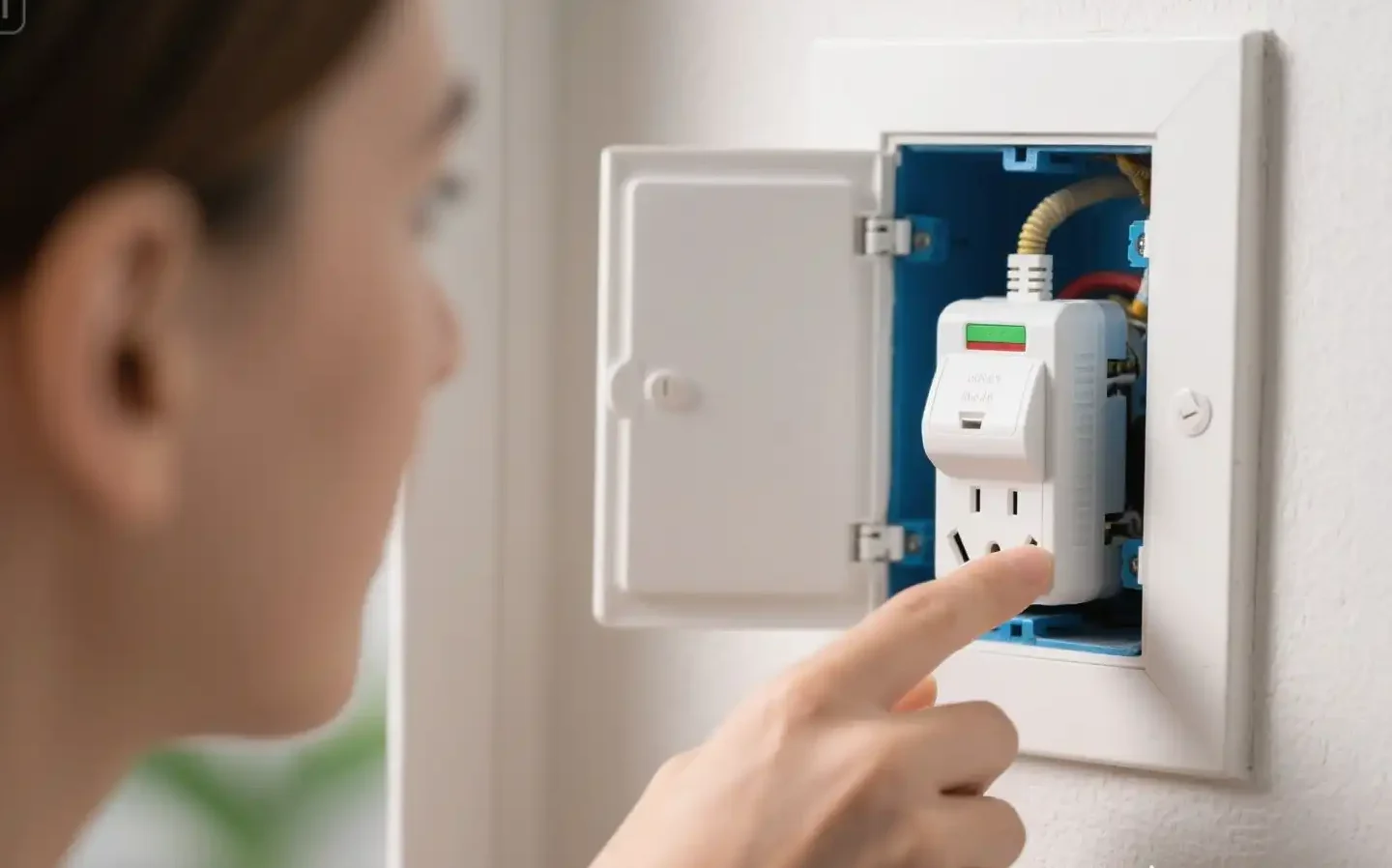
The location of installing surge protectors is crucial for protecting electronics. Proper placement ensures better safety and reduces the risk of damage.
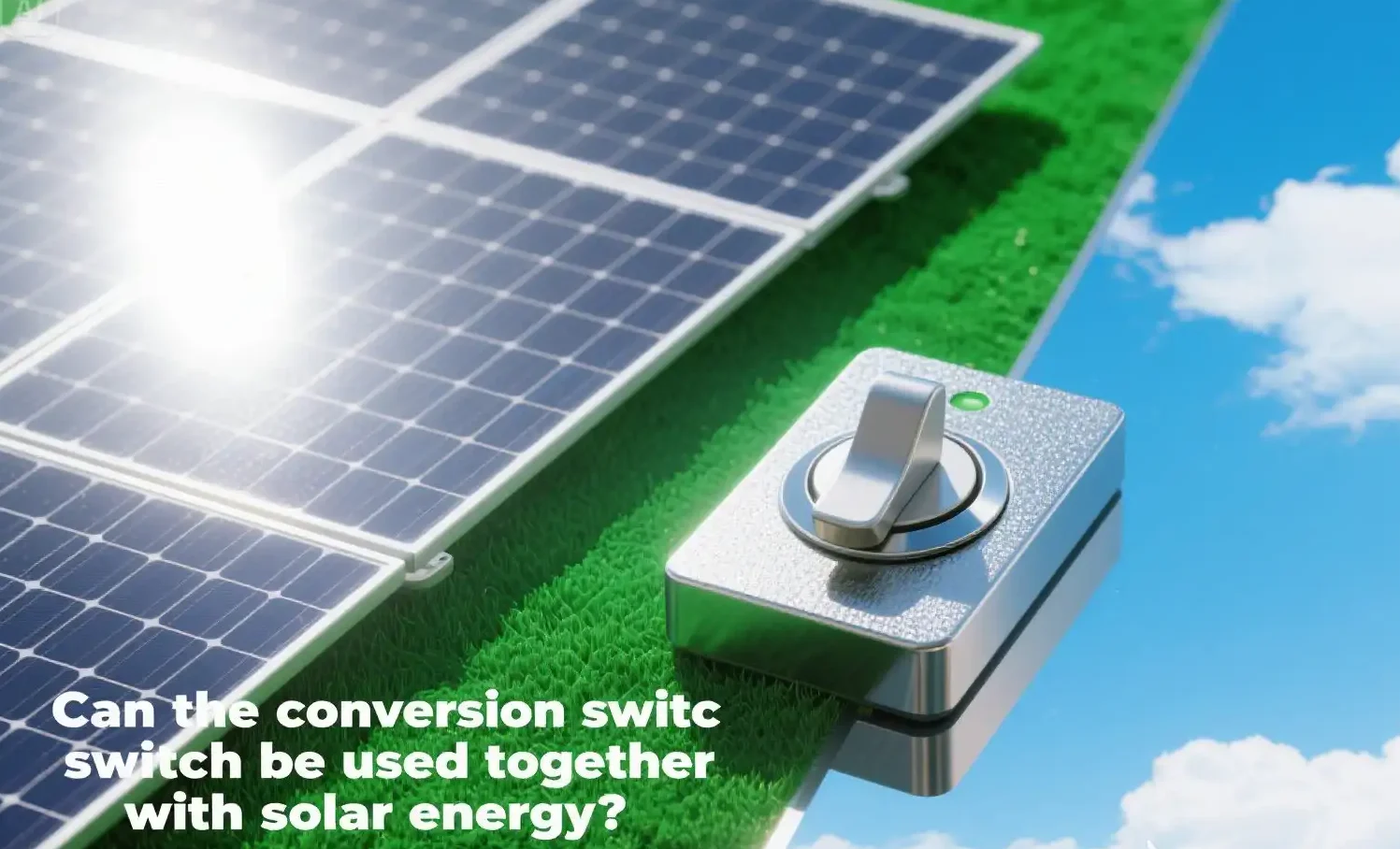
A conversion switch works seamlessly with solar energy, improving efficiency, reliability, and energy flow between solar panels, inverters, and the grid.
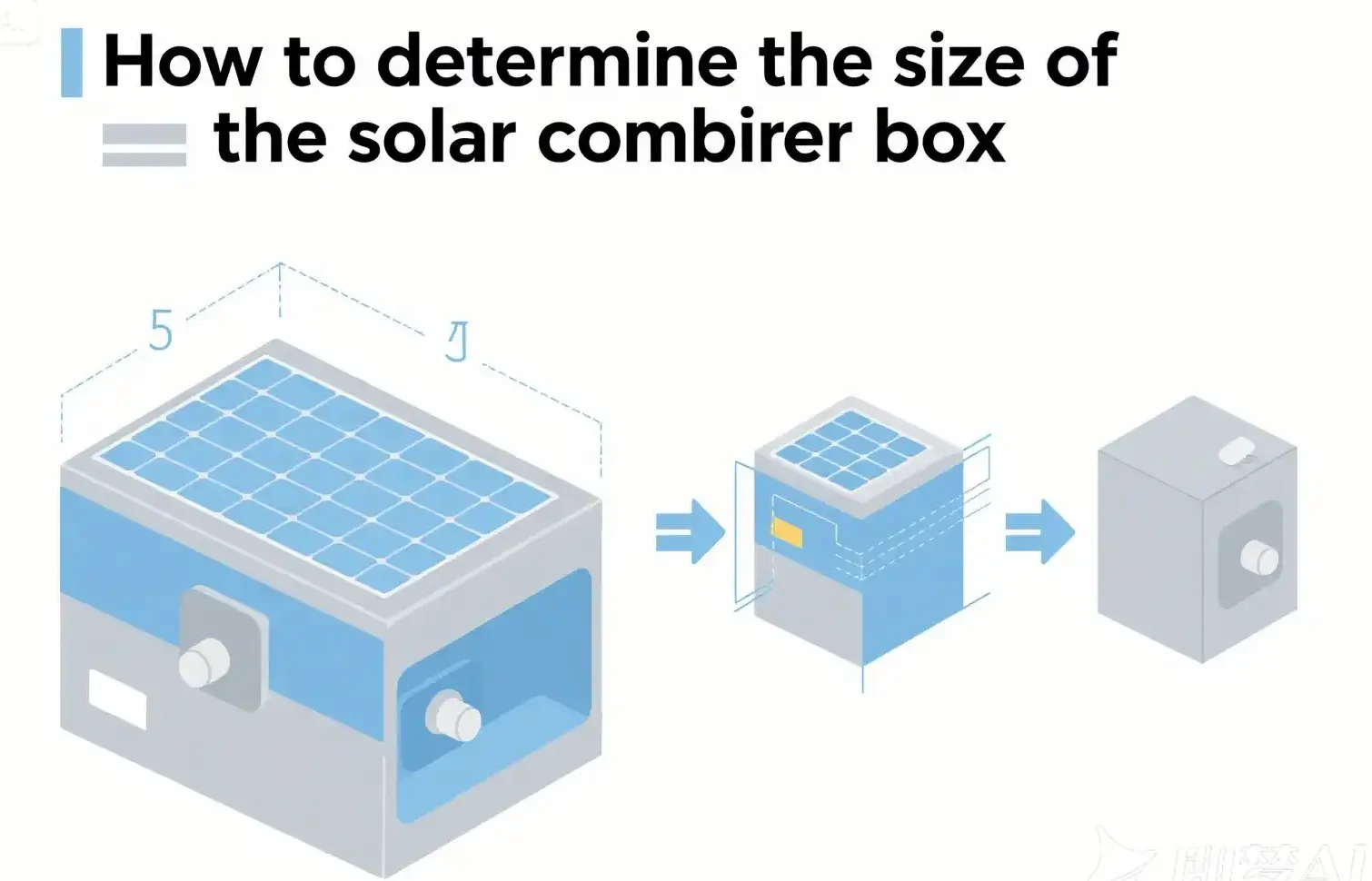
Determine the size of a solar combiner box by assessing panel strings, voltage, current, and future growth to ensure safety, efficiency, and compliance.
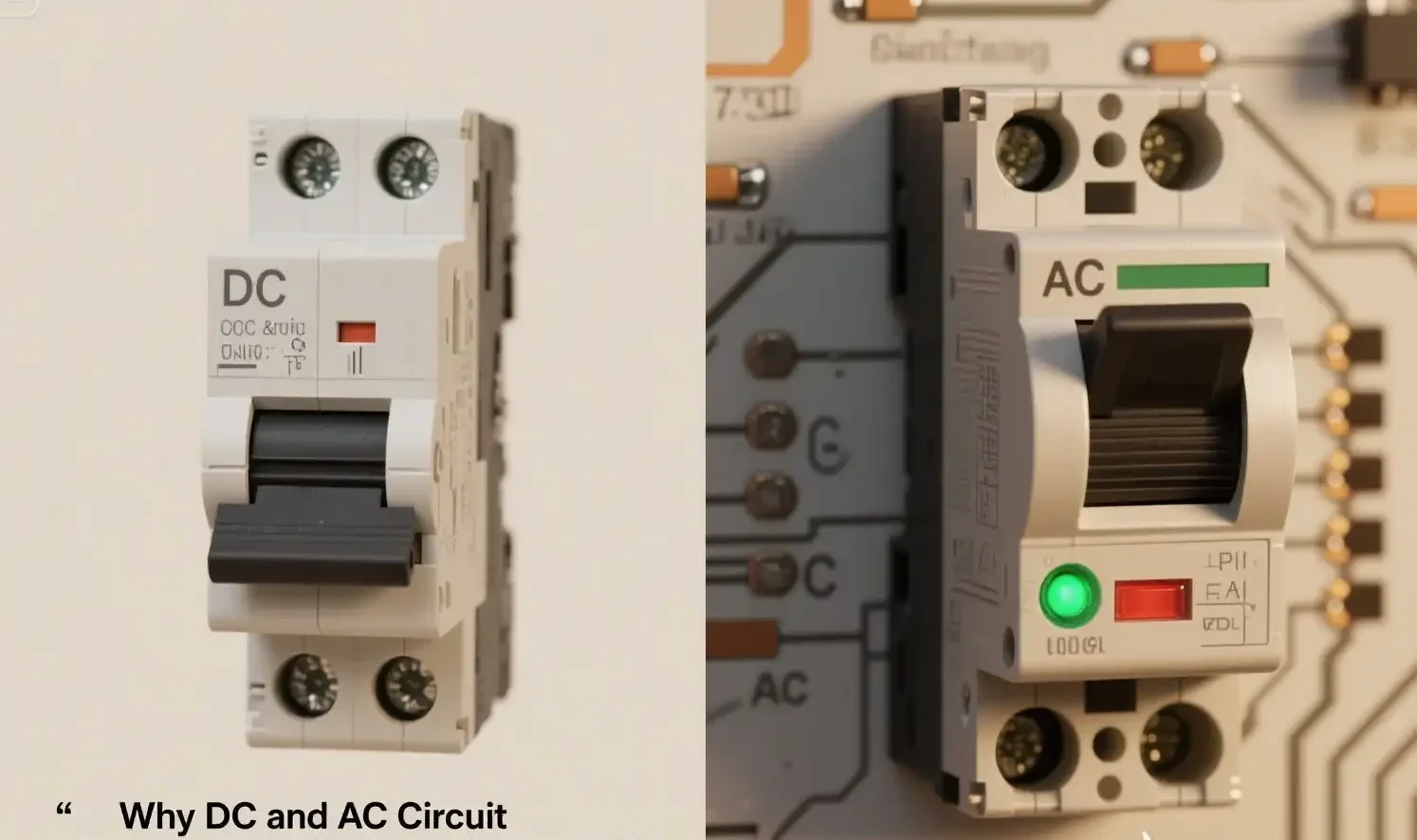
DC circuit breakers and AC breakers differ in design due to current behavior. Using the wrong breaker can cause arcs, overheating, or system failure.
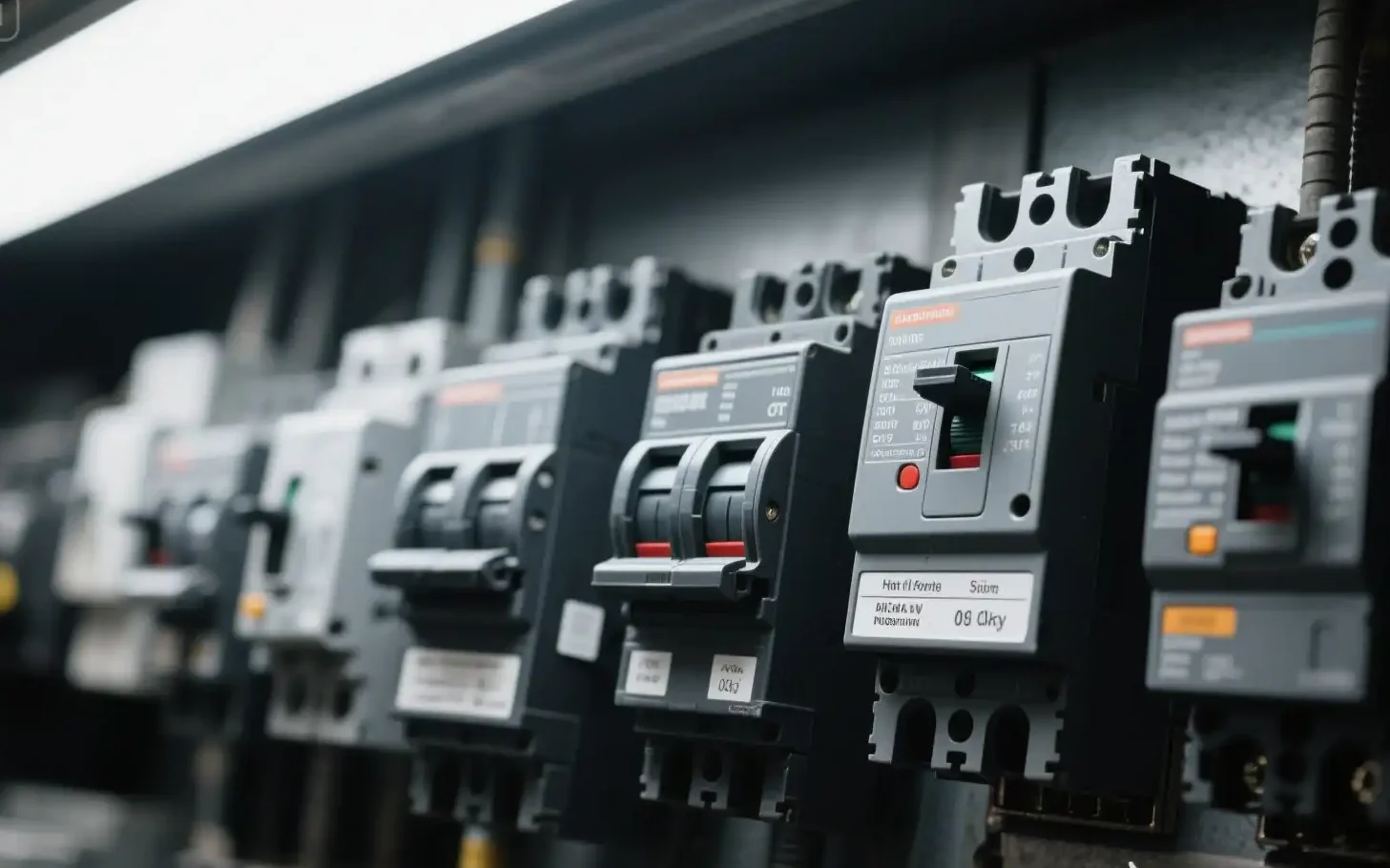
Discover the highest-rated circuit breakers, including air, SF6, vacuum, oil, and hybrid types, designed to handle high fault currents and ensure safety.
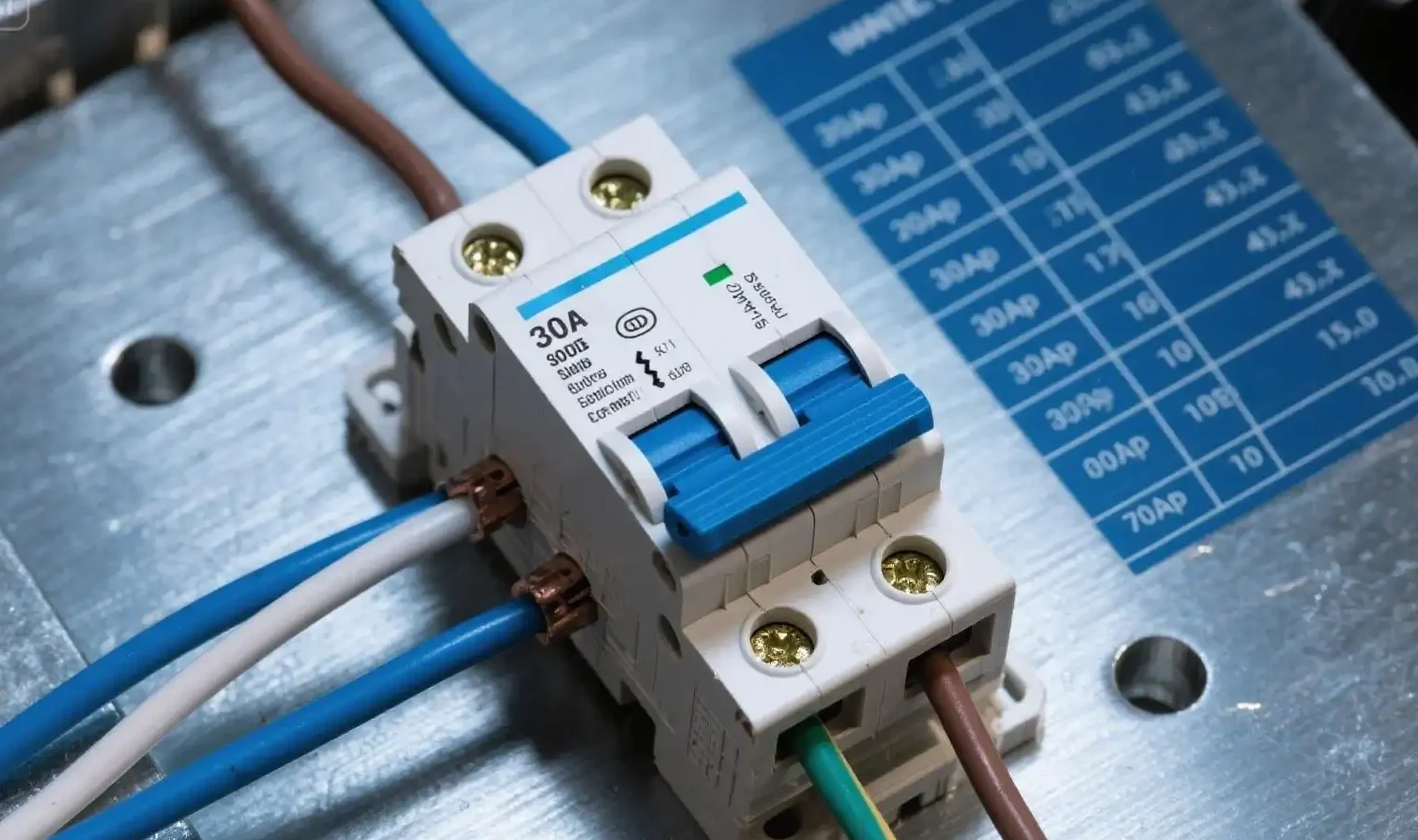
The suitable size of wire for a 30 amp breaker is 10 AWG copper or 8 AWG aluminum. These options ensure safety, efficiency, and compliance with NEC guidelines.
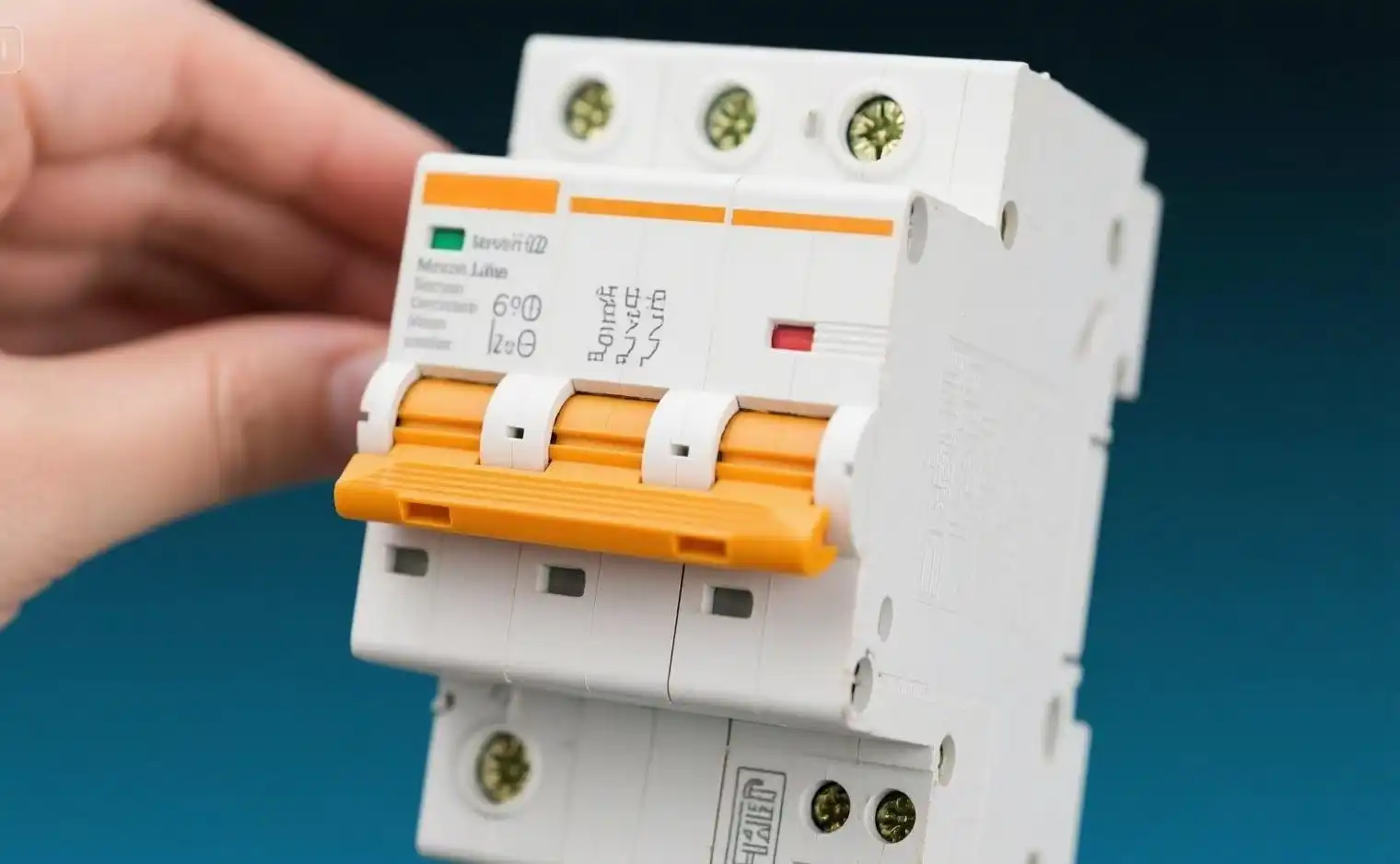
Miniature circuit breakers typically last 10-20 years. Factors like usage, environment, and maintenance significantly impact their service life and reliability.
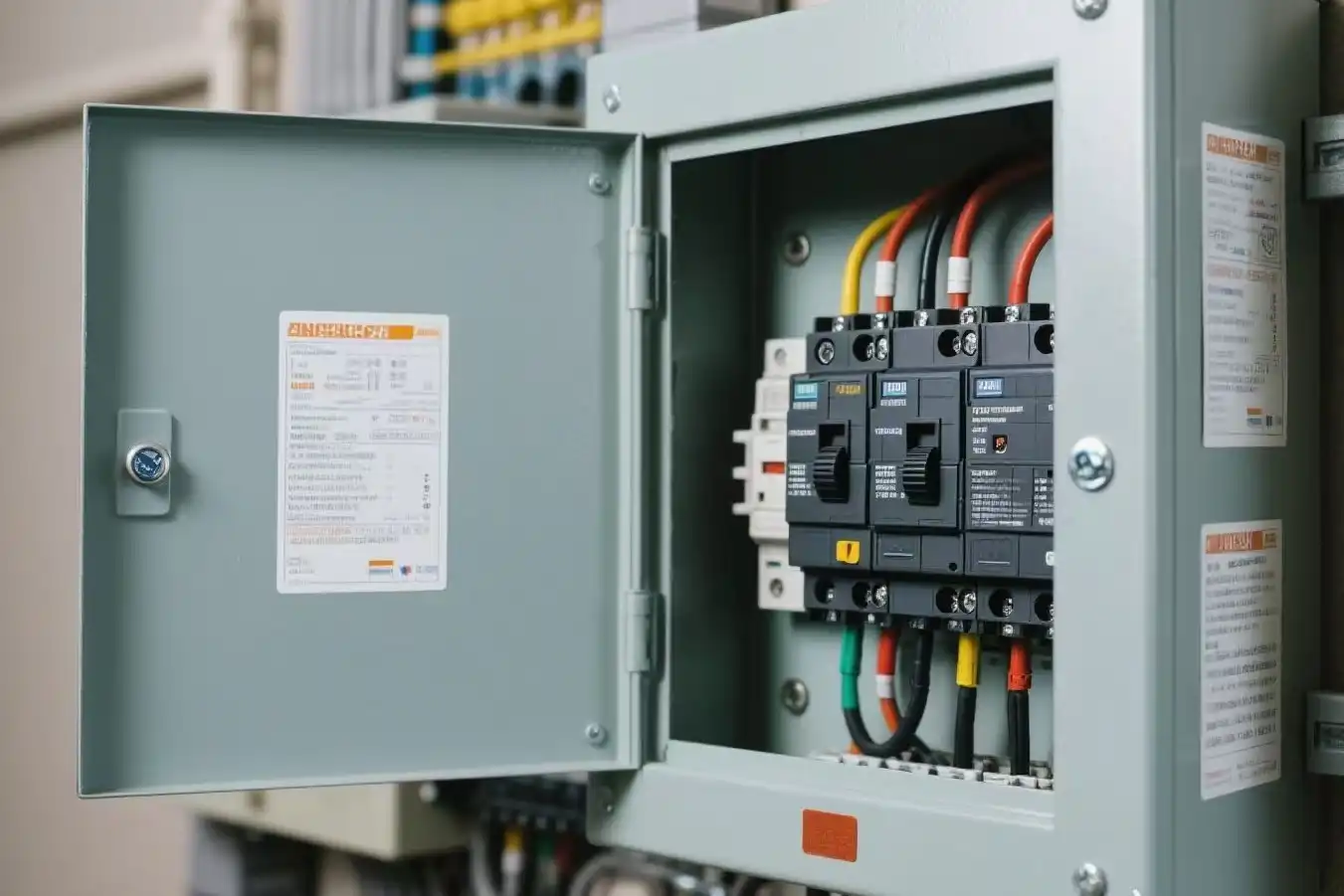
The function of a distribution box is to safely distribute power to circuits, protect against overloads, and ensure efficient control of electrical systems.
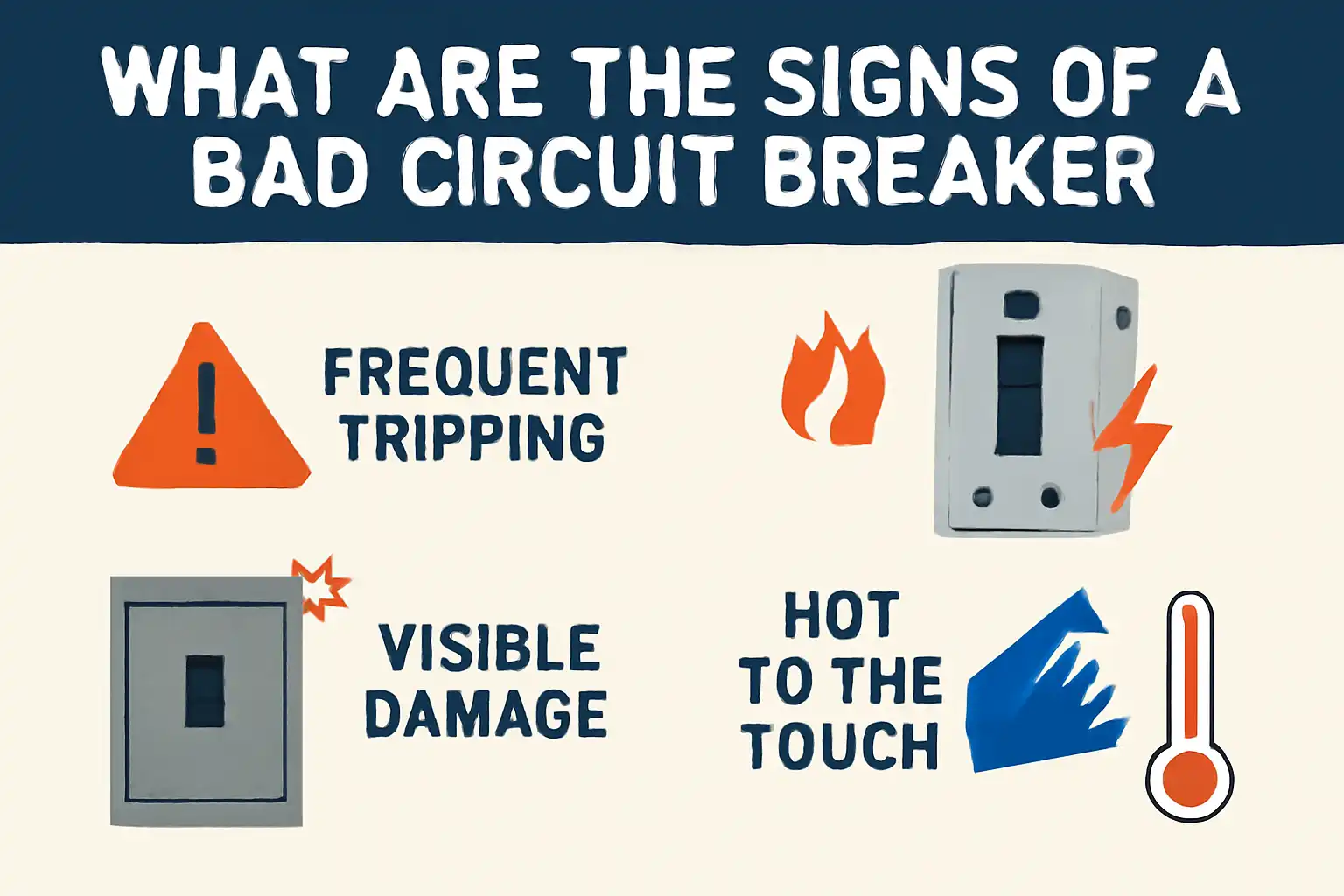
Wondering how can you tell if a circuit breaker is bad? Look for signs like frequent tripping, burning smells, flickering lights, or a breaker that won’t reset.
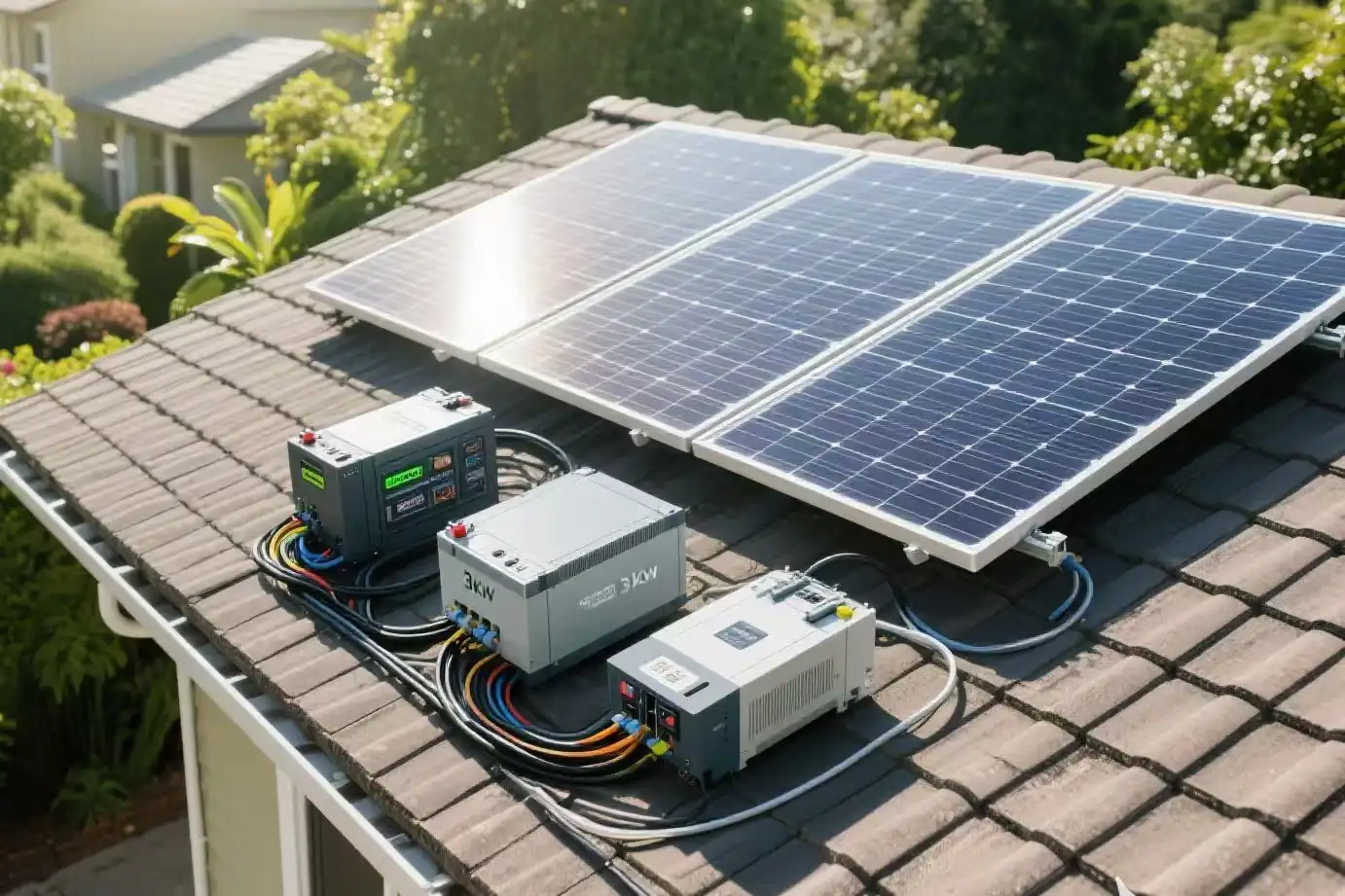
A 3 kW solar system generates about 360 kWh monthly, ideal for small homes with low energy use. Check if it fits your energy needs and location.
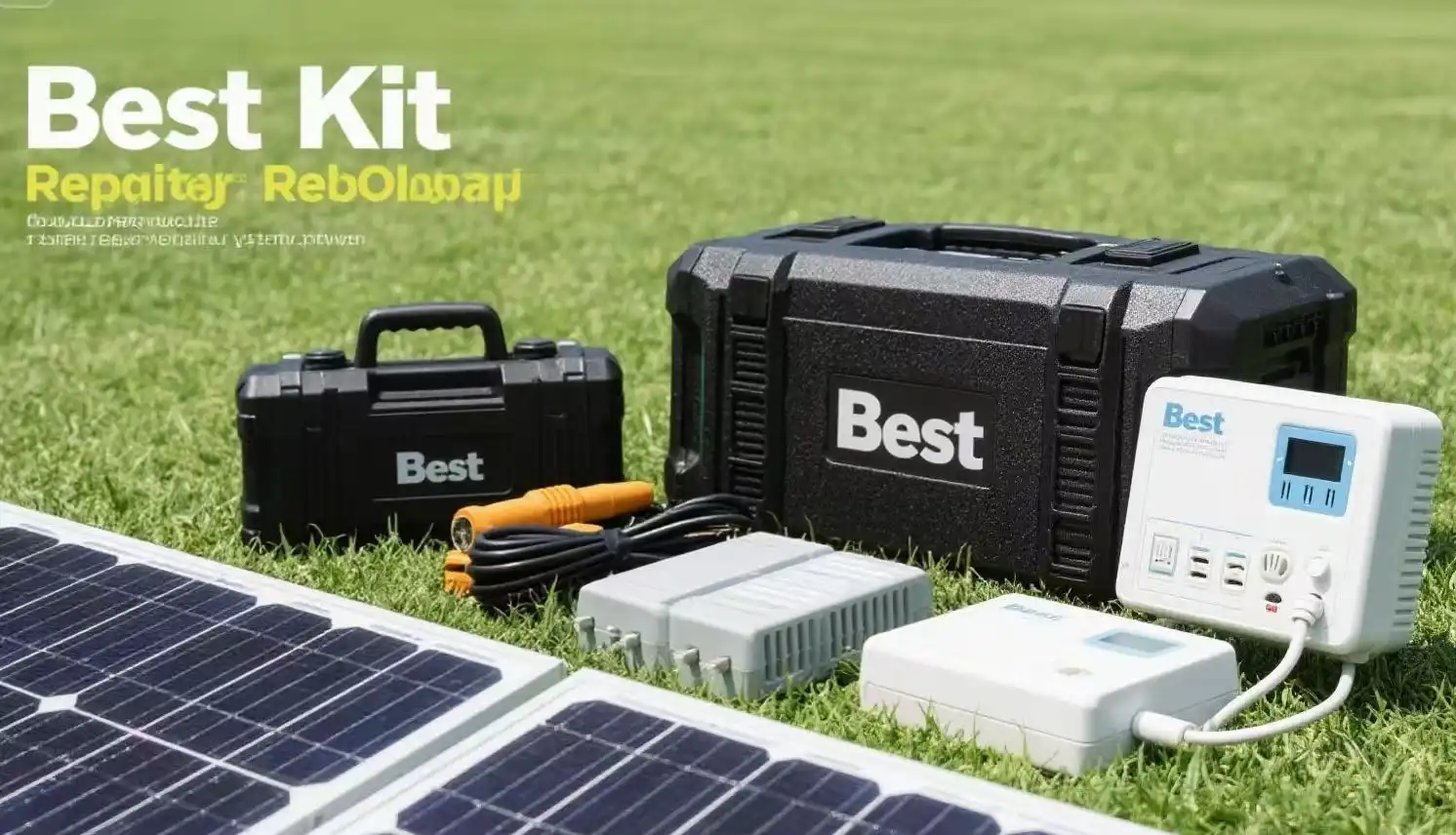
Discover the best solar energy kits for homes, off-grid living, and EV charging. Save on energy bills with reliable, efficient, and budget-friendly options.
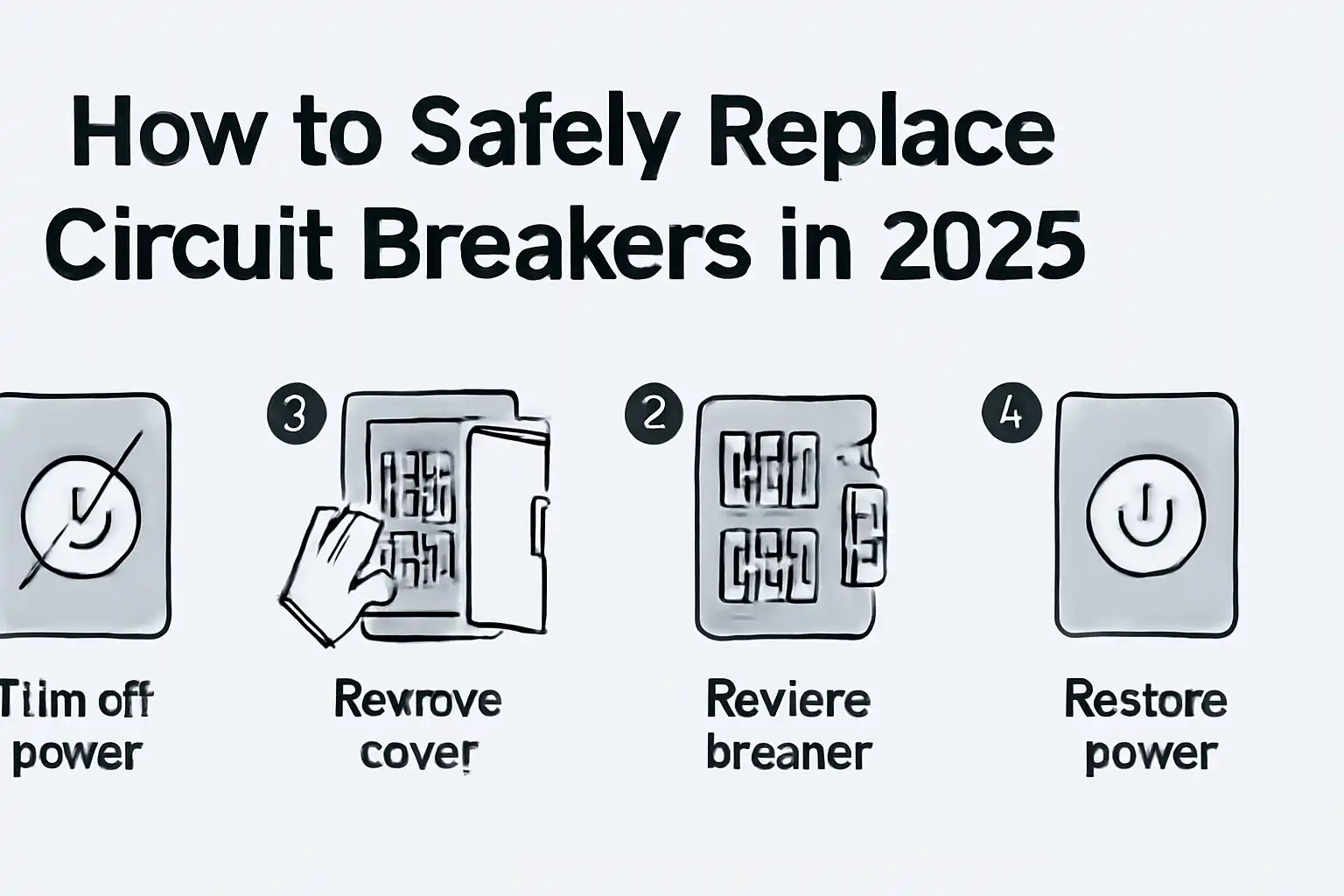
Learn how to replace a circuit breaker safely in 2025. Follow step-by-step instructions, safety tips, and tools needed for a hazard-free replacement.
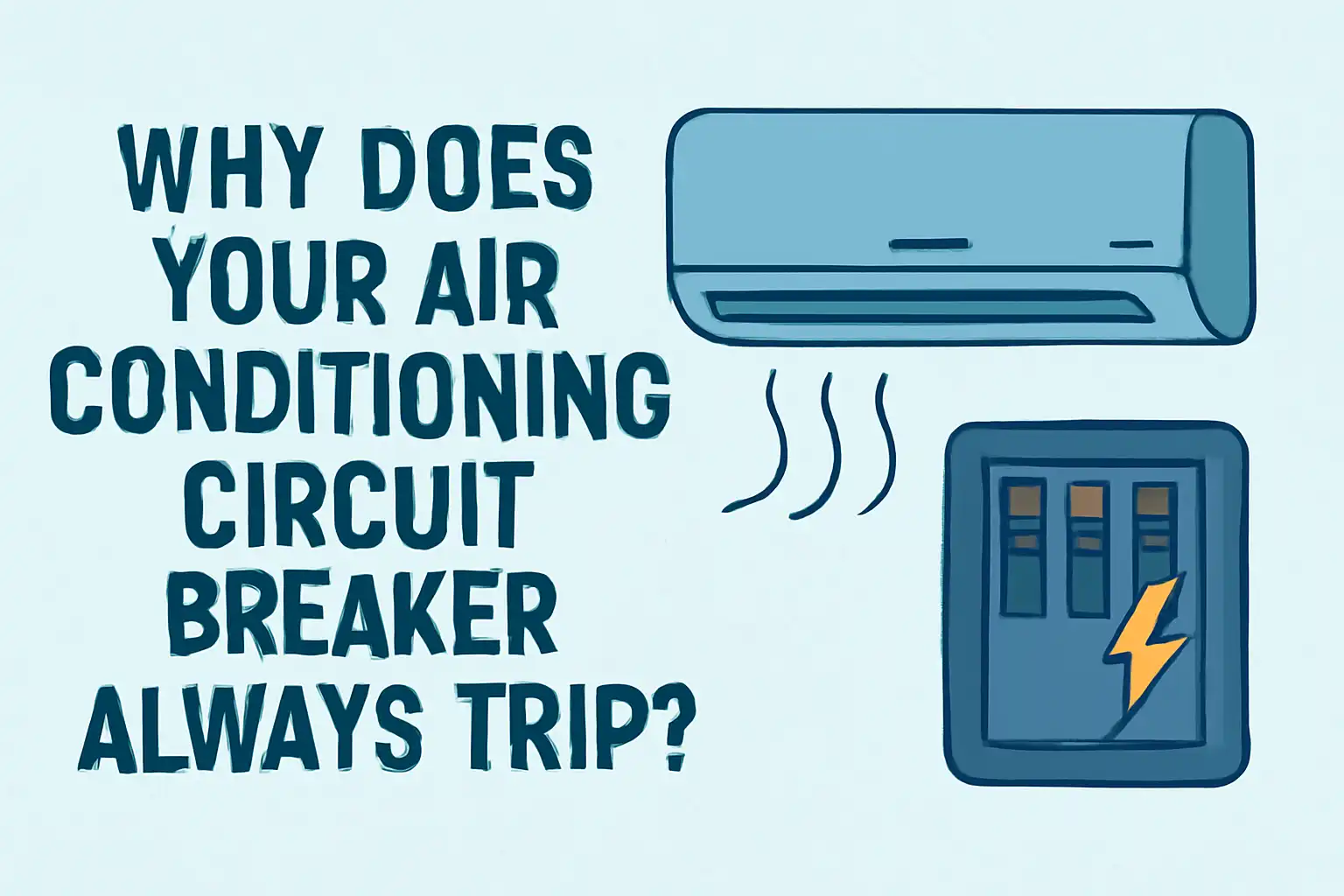
Air conditioner circuit breaker keeps tripping? Common causes include dirty filters, wiring issues, or low refrigerant. Learn how to fix and prevent it.
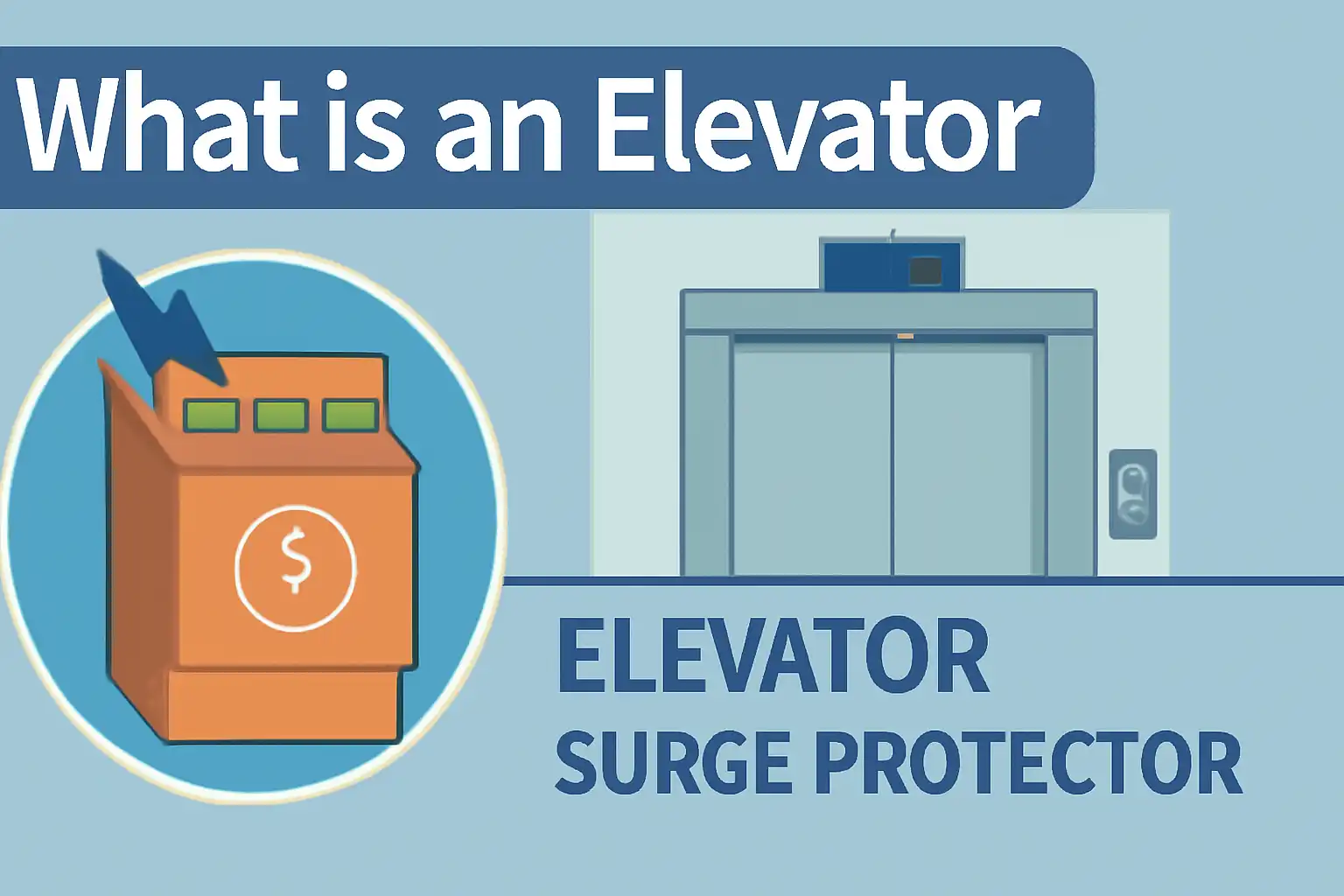
A surge protection device for elevators shields systems from power surges, ensuring safety, reducing downtime, and protecting key components from damage.

ONESTOP Team
Typically replies within minutes
Do you want to learn more about our products or services?
Contact Us
🟢 Online | Privacy policy
Contact Us